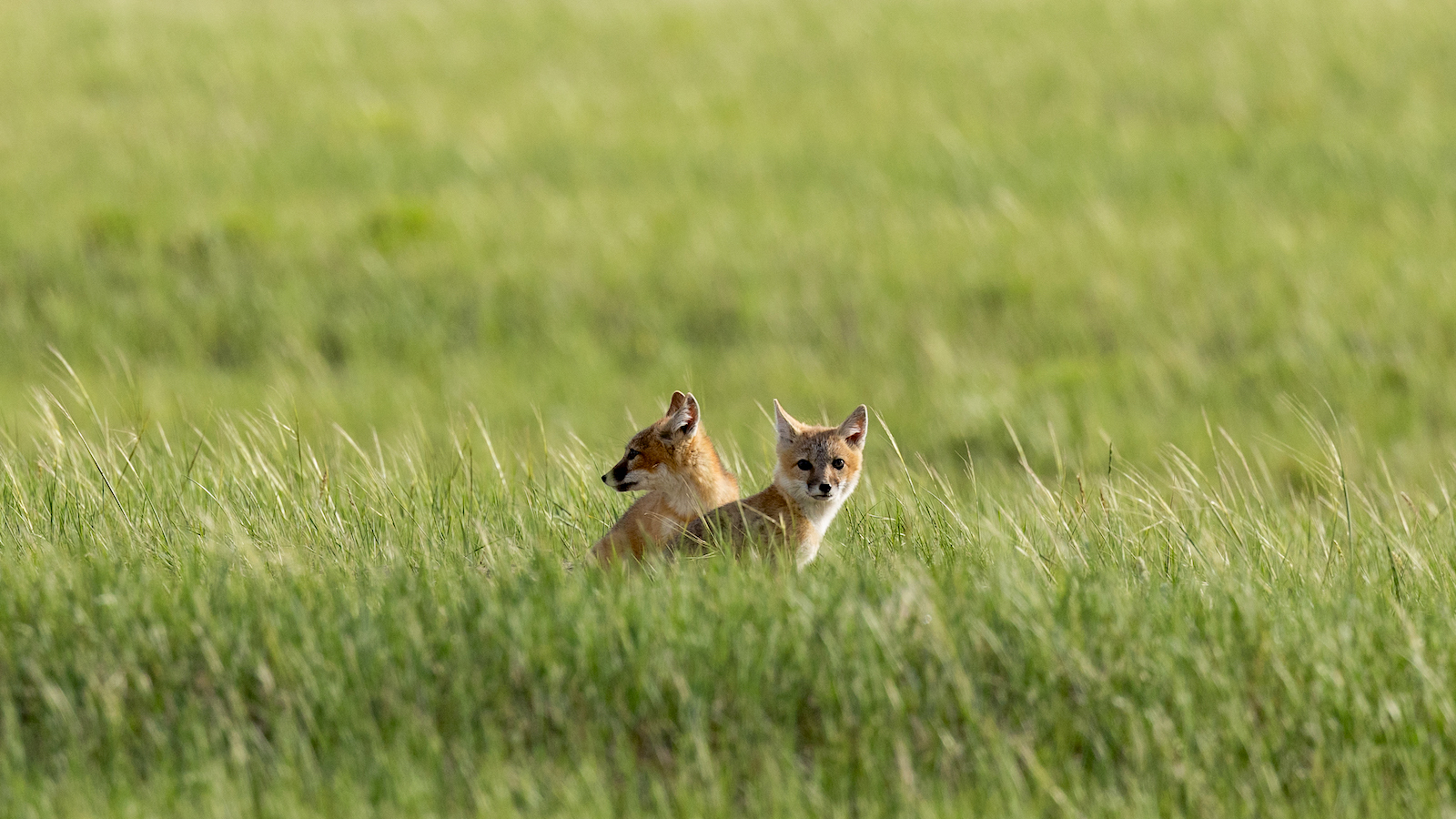In “Return of the No’ouhah Tok a’na” — the Third-Place Winner of the 2024 Yale Environment 360 Film Contest — filmmaker Roshan Patel documents how Fort Belknap tribal members in northern Montana are helping to reintroduce a native carnivore to its historic range.
The swift fox — known as Nóouhàh-Toka’na to the Aaniiih and Nakoda tribes — once roamed the Western plains from Texas to Canada, eating small rodents and insects.
But their numbers swooned with the arrival of settlers, who plowed their grasslands and set poison baits for canine predators.
In the 1980s, conservationists began reintroducing foxes in Montana’s Blackfeet and Fort Peck Indian reservations, but these animals haven’t connected with populations to the south.
Now, members of the Aaniiih and Nakoda tribes are working with biologists to reintroduce 30 to 40 swift foxes a year, for five years, to the Fort Belknap reservation.
“The hope is that the foxes continue to expand into their former range and eventually connect the two disconnected populations,” says filmmaker Roshan Patel.
Based on observations and genetic information from stool samples, scientists believe the foxes are establishing new dens, finding mates, and successfully raising litters.
Patel was drawn to this story by the tribes’ relationship to the swift fox, which they consider a missing puzzle piece in the larger ecosystem of the plains.
“It wasn’t a story about a scientific argument solely. There was a human connection driving all the efforts to bring foxes back to Fort Belknap,” he says.
“I hope viewers appreciate the importance of community in conservation efforts.”
The Return of Nóouhàh-Toka’na (Swift Fox) from YaleE360 on Vimeo.
About the Filmmaker: Roshan Patel is an award-winning wildlife and conservation filmmaker whose work often focuses on the relationship between communities and their wildlife. Roshan has a BS in biology and an MFA in science and natural history filmmaking. He is currently the resident filmmaker and photographer at the Smithsonian’s National Zoo and Conservation Biology Institute in Washington, D.C.
This article was first published by Yale Environment 360 on 13 August 2024. Lead Image:
What you can do
Help to save wildlife by donating as little as $1 – It only takes a minute.



Leave a Reply